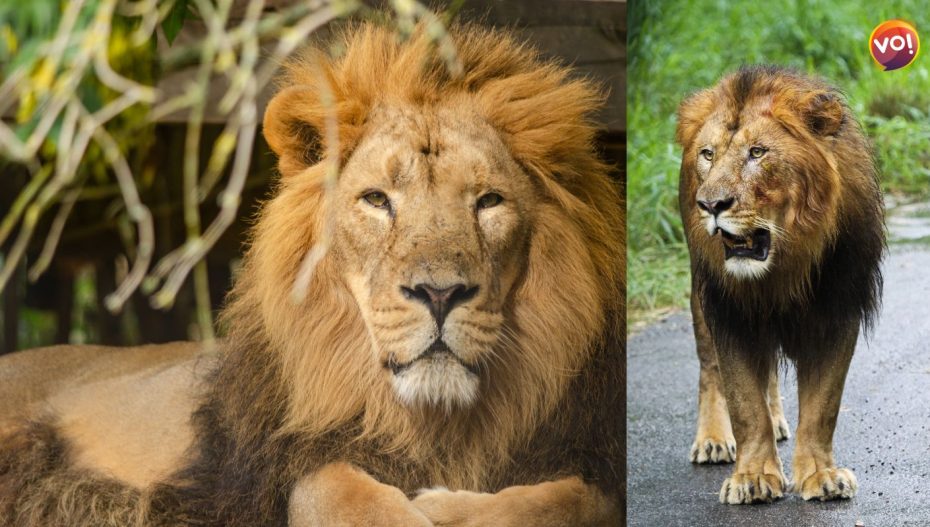The International Union for Conservation of Nature (IUCN) has upgraded the status of Asiatic lions, reclassifying them from “endangered” to “vulnerable”. This positive shift highlights the success of conservation efforts in India.
The IUCN’s global report reveals a stark difference in threats faced by African and Indian lions. African lion populations are 19 times more likely to decline by a third compared to their Indian counterparts. This is mainly due to rampant poaching in Africa.
Gir Forest in Gujarat is the sole home to Asiatic lions in the world, and the report suggests it provides a much safer haven. The IUCN estimates a 41% chance of African lion populations declining by a third within three generations, whereas in Gir, this risk is just 2%.
While some researchers previously argued for a closer link between Asiatic lions and their central and west African kin, the IUCN has acknowledged their genetic similarity by revising their scientific classification. All these majestic cats are now classified as Panthera leo leo. Previously, Asiatic lions were classified as Panthera leo persica.
The report warns of significant threats to African lions, including habitat loss, fragmentation of populations, and human-wildlife conflict. Lions are sometimes killed in retaliation for attacking livestock or as a preventative measure. Additionally, poaching for body parts has become a growing threat.
Petition Filed In SC To Stop Govt From Appointing New EC. Read More












